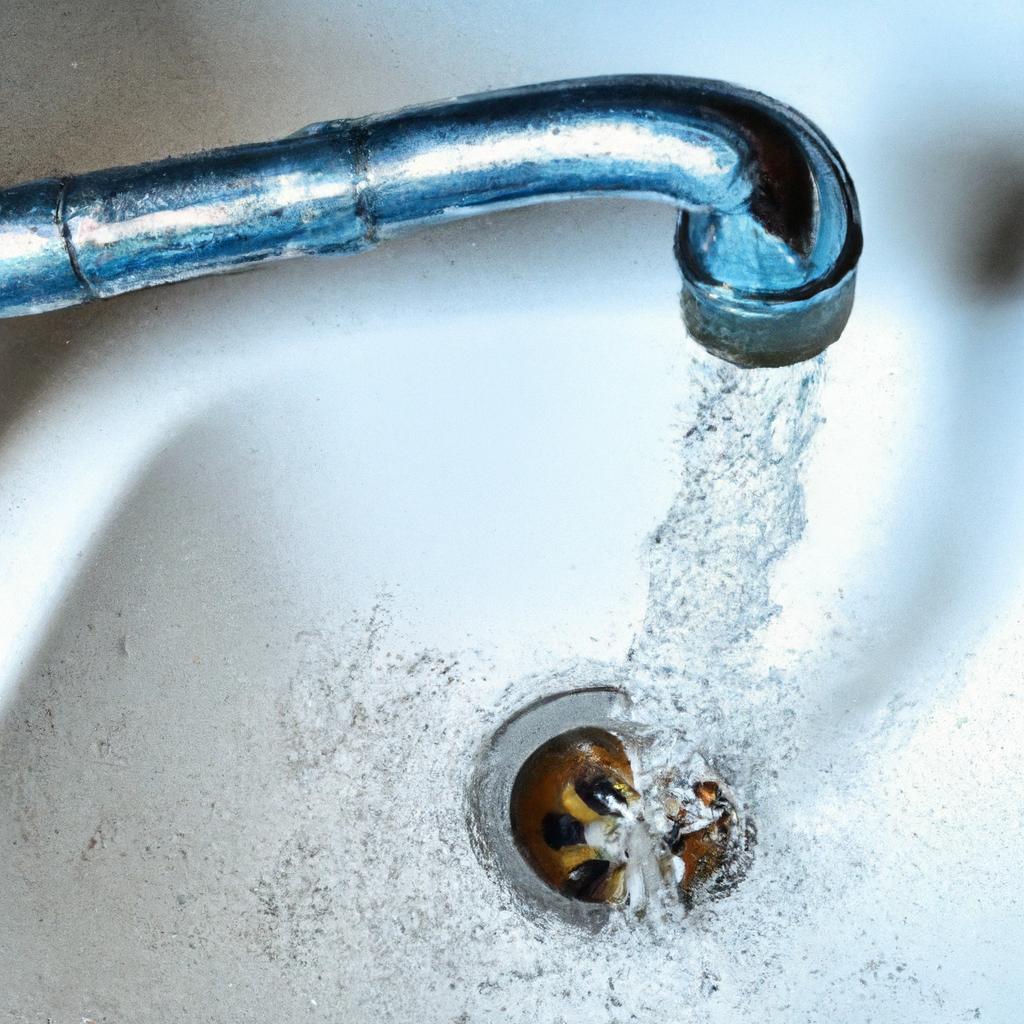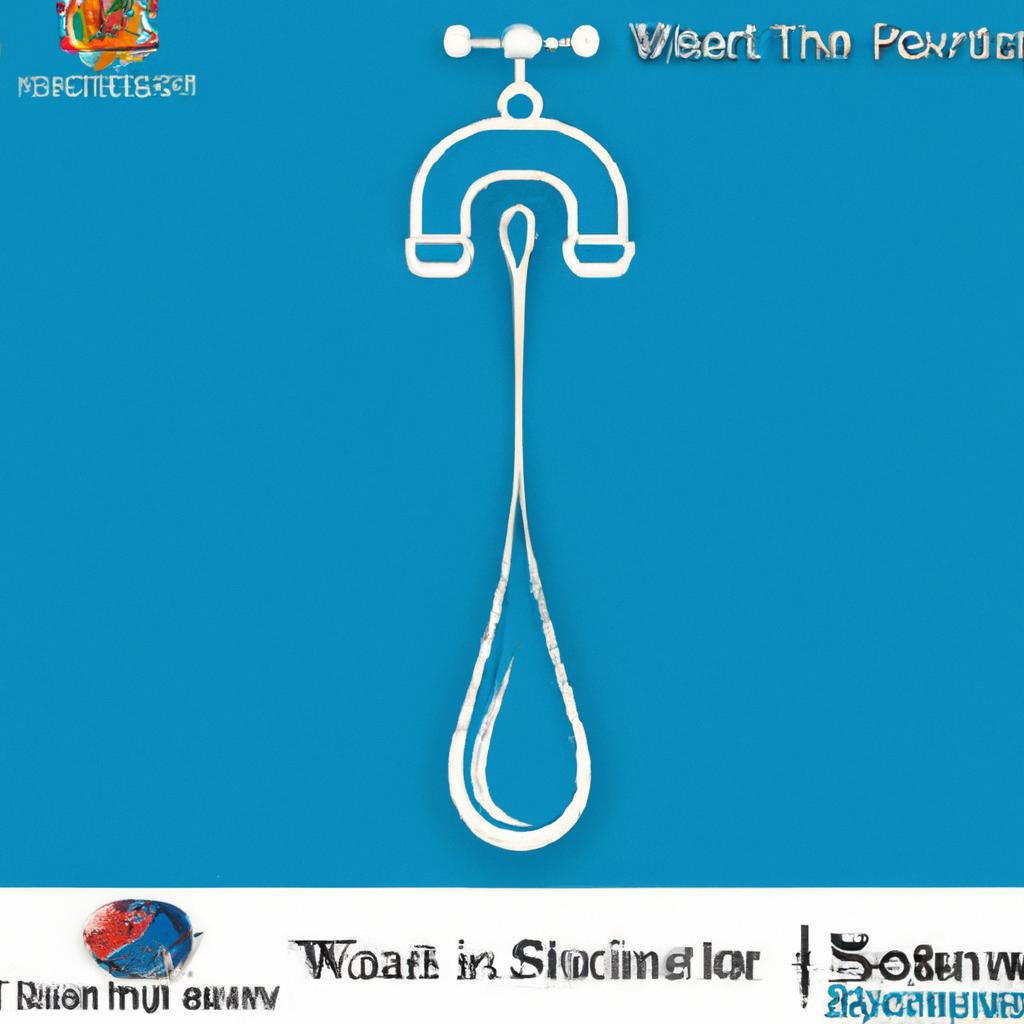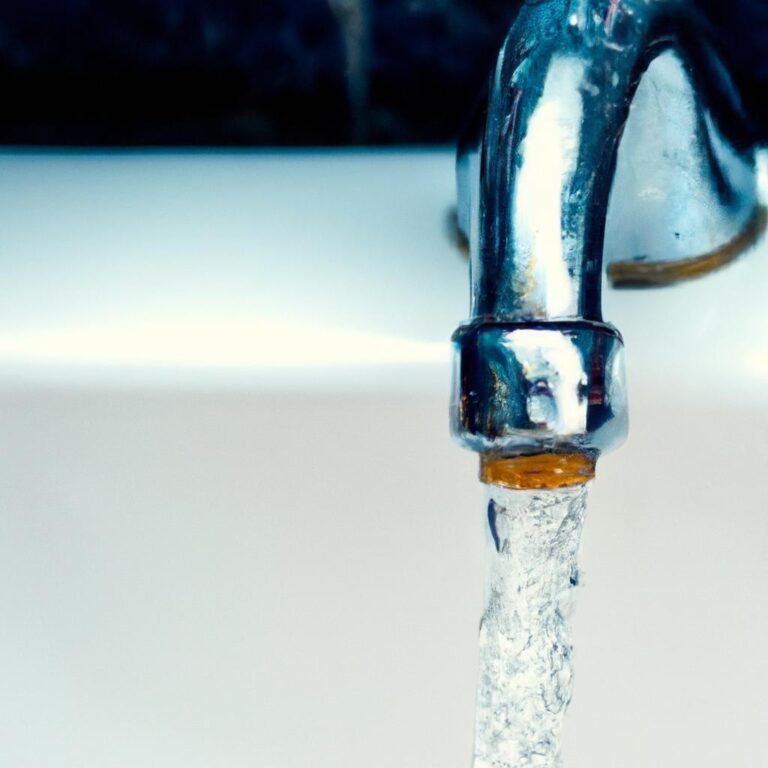Water and Sanitation: The Path to a Healthier Tomorrow
In a world where the shimmer of clean water and the assurance of proper sanitation often go unnoticed, the fundamental pillars of public health stand at a crossroads. Despite the advancement of technology and health services, billions still lack access to these essential resources. Water, a precious lifeline, nourishes not just the body, but the very fabric of societies. When paired with effective sanitation, it has the power to transform communities, ushering in an era of health and prosperity. This article dives deep into the critical interplay between water and sanitation, exploring how they collectively pave the way for a healthier tomorrow. From the bustling cities to remote villages, understanding the journey toward universal access is paramount, as it holds the key to unlocking a brighter future for all. Join us as we navigate this vital subject, laying the groundwork for sustainable solutions and a world where every drop counts.
Innovative Solutions for Clean Water Access in Communities
Across the globe, access to clean water remains a challenge for many communities, but innovative solutions are emerging to bridge this gap. Rainwater harvesting systems have gained momentum, allowing households to collect and store rainwater for potable use. Communities are also embracing solar-powered water purification technologies, which not only reduce dependence on traditional energy sources but also make safe drinking water more accessible in remote areas. Furthermore, the introduction of mobile water-testing labs has empowered local authorities and NGOs to quickly assess water quality and ensure that it meets safe drinking standards.
Collaborative efforts have also proven effective. In many regions, local governments partner with NGOs to implement community-led sanitation programs focused on hygiene education and building sustainable sanitation facilities. These programs often include:
- Bio-sand filters that utilize natural filtration processes to purify water
- Ecological toilets that promote waste recycling and reduce environmental impact
- Mobile apps that connect users to clean water sources and sanitation facilities
By harnessing community engagement and technological advancements, these initiatives not only address the immediate need for clean water but also contribute to long-term health and prosperity.

The Role of Sanitation Infrastructure in Disease Prevention
Sanitation infrastructure plays a pivotal role in safeguarding public health by creating an environment where disease transmission is minimized. Proper waste management, coupled with reliable sewage systems, drastically reduces the likelihood of pathogens entering water supplies and infecting communities. The benefits are profound:
- Reduction of Waterborne Diseases: Effective sanitation prevents contamination of drinking water, significantly decreasing illnesses such as cholera and dysentery.
- Enhanced Community Health: Healthy environments contribute to reduced healthcare costs and improve overall community well-being.
- Increased Productivity: With fewer sick days caused by sanitation-related illnesses, individuals can contribute more effectively to their families and communities.
Moreover, sustainable sanitation practices have an environmental impact that is equally important. By implementing eco-friendly waste disposal methods, communities can protect local ecosystems and promote biodiversity. Key aspects of this relationship include:
| Benefits of Sustainable Sanitation | Environmental Impact |
|---|---|
| Reduces waste pollution | Safeguards water sources |
| Encourages recycling | Enhances soil fertility |
| Minimizes greenhouse gas emissions | Supports climate resilience |

Empowering Local Initiatives for Sustainable Water Management
Local communities hold the key to transforming water management practices through their unique insights and hands-on experience. By fostering collaboration among stakeholders, we can harness local knowledge to develop sustainable water solutions that resonate with the specific needs of each area. This approach not only empowers residents but also cultivates a sense of ownership over their water resources, leading to greater accountability and innovative problem-solving. Initiatives could include:
- Community education programs on water conservation
- Volunteer-led clean-up events for local waterways
- Collaborative monitoring of water quality and access
- Workshops to share best practices for rainwater harvesting
Supporting these grassroots initiatives invites a ripple effect of positive change that can resonate regionally and beyond. By integrating traditional practices with modern technology, communities can implement irrigation systems that are both efficient and environmentally friendly. Consider forming partnerships that connect local farmer cooperatives with tech firms to devise solutions tailored to their specific agricultural needs. The following table highlights potential collaborative models that can be explored:
| Collaboration Type | Stakeholders Involved | Possible Outcomes |
|---|---|---|
| Education Programs | Schools, NGOs, Local Governments | Increased awareness and action on water use |
| Water Quality Monitoring | Community Members, Environmental Organizations | Improved public health and transparency |
| Technical Partnerships | Universities, Startups | Innovative technologies for sustainable practices |

Education and Awareness: Cultivating a Culture of Hygiene and Sanitation
Education and awareness are pivotal in transforming mindsets and behaviors surrounding hygiene and sanitation. By implementing comprehensive educational programs, communities can learn the fundamental principles of maintaining cleanliness and the importance of sound sanitation practices. Key areas to focus on include:
- Hand Washing: Promoting regular hand washing with soap can drastically reduce the spread of pathogens.
- Safe Water Practices: Educating on the necessity of treating water for safe consumption can prevent numerous waterborne diseases.
- Waste Management: Encouraging proper waste disposal methods helps maintain a hygienic environment and reduces health hazards.
Furthermore, utilizing visual aids, interactive workshops, and community engagement strategies can deepen understanding and encourage collective responsibility. Regular workshops can serve as platforms for discussion and demonstration, enabling participants to apply learned concepts effectively. Consider the following simple initiatives:
| Initiative | Impact |
|---|---|
| Community Clean-Up Days | Fosters teamwork and ownership over local hygiene. |
| School Hygiene Programs | Instills good practices in the younger generation. |
| Public Workshops | Enhances knowledge on sanitation and health. |
Concluding Remarks
the journey toward enhanced water and sanitation is not just a goal; it is a promise—a promise to ourselves and future generations for a healthier, more sustainable world. As we reflect on the critical role these fundamental elements play in our lives, it becomes evident that investing in water and sanitation is investing in the very fabric of our communities. Every drop saved, every sanitation facility built, and every health initiative launched contributes to a larger narrative of resilience and well-being.
As we stand at the crossroads of innovation and necessity, let us remember that the path to a healthier tomorrow is paved with our collective efforts. It is a path that requires collaboration across sectors, a commitment to equity, and a vision that transcends borders. By fostering a culture of awareness and action, we can create a world where access to clean water and adequate sanitation is not a privilege, but a universal right. Together, let us champion this cause and ensure that our efforts today yield a thriving tomorrow for all.

